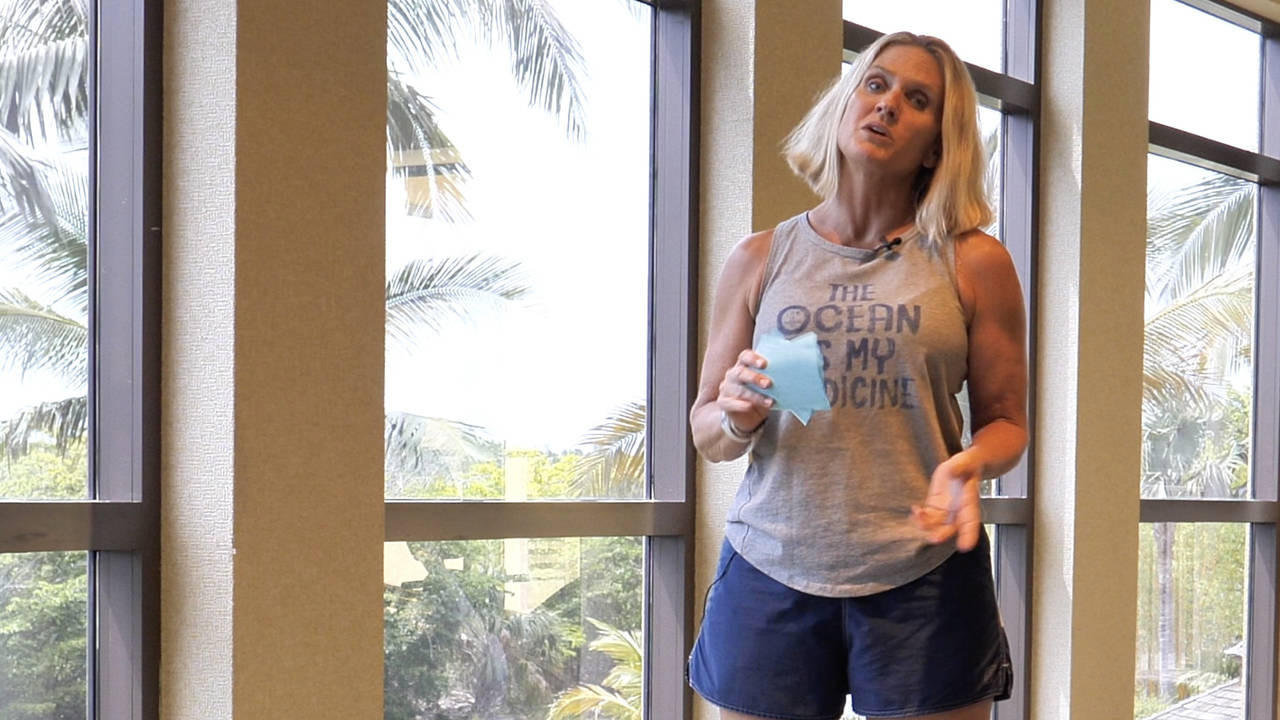Manage Acute Injuries to Stay In the Game

Enjoy exercising with family & friends by pedaling in the new Swan Paddle Boats in Lakes Park (January 2023)! Photo courtesy of Charly Caldwell II.
If you’ve experienced a bad injury, you know how frustrating it can be to not be able to work out.
This is especially true when training for an event. There is also a lot of conflicting information about what to do and when.
Let’s clear up the confusion.
In the first few days after an acute injury, the body will go through the the first stage of healing, the inflammatory stage.
If you’ve had a sprain or strain in the past, you might remember the first 3 or 4 days are usually the worst in terms of pain, stiffness and swelling.
To protect the injured tissue from further damage and avoid any subsequent bleeding, the advice is to avoid ‘HARM’ for 72 hours.
The acronym HARM stands for:
Heat: Avoid any heat packs, prolonged hot showers or hot baths.
Alcohol: The less the better – that unfortunately includes that post-game beer wi...
Don't Get Twisted Out of Sorts by an Ankle Sprain

Angie in the Fitness Center - helping, teaching and sharing best practices.
Ankle sprains account for approximately 40% of all athletic injuries and are the most common injury in sports.
Ankle sprains are most likely to occur during activities that involve running, jumping or quick directional changes.
The key to avoid ankle sprains and staying off the injured reserve list is exercise management to improve both muscular strength and muscle proprioception.
Most ankle sprains fall into one of two categories: acute and chronic.
Acute injuries make up roughly 85% of all ankle sprains and occur when the foot is inverted and planter-flexed. This means while your toes are pointed and the ankle rolls away from the body. This could occur to the basketball player landing off a jump with poor proprioception or to a runner cutting the tangent to make a light (who me?) with weak muscular strength in the ankle.
The remaining 15% of sprains are commonly classified as chronic ankle instability or ...

